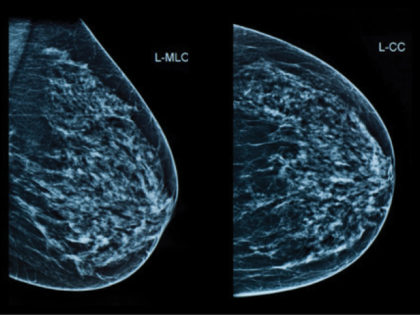Women’s Imaging

Mammography
Early detection is vitally important to find breast cancer in its early, most treatable stages. A mammogram is a safe, low-dose X-ray procedure that is used to diagnose breast cancer. Your first mammogram, recommended at age 40, is a baseline study that serves as a comparison for all future mammograms, alerting your doctor to any suspicious changes that may occur. After age 40, an annual mammogram is one of the best tools for the early detection of breast cancer.
3D Mammography
3D mammography (tomosynthesis) is a technology that allows for detection of very small tumors. Compared to a traditional test, 3D mammography provides higher resolution and more definitive images of the breast for greater accuracy in the early detection of breast cancer.
With 3D mammography, women experience the same physical screening as with a traditional mammogram, but the equipment moves to capture images from many different angles. 3D mammography enables the radiologist to thoroughly examine each part of the breast tissue in one-millimeter slices. These additional images aid in detecting small lesions that might be hidden by overlapping tissue, resulting in greater diagnostic certainty.
Bone Densitometry
A bone densitometry scan is a diagnostic test to reveal the density of a person’s bones, which can indicate the presence of osteoporosis. A bone scan helps your doctor make the diagnosis and begin treatment to help prevent fractures.
Early detection of bone density loss allows for preventive measures that can greatly improve quality of life and even reverse osteoporosis. The simple 8-minute scan is performed while you are fully clothed and reclining on a padded platform.

